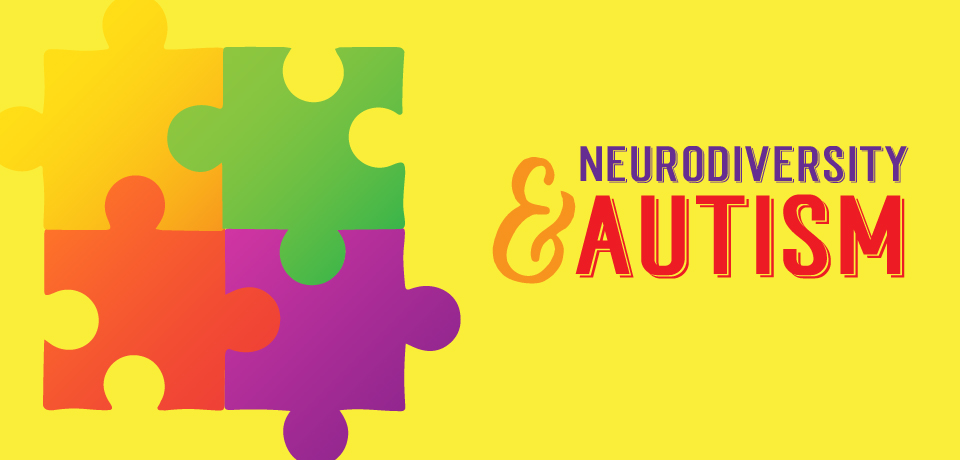Submitted by: Cat Vasarhelyi, Talent Strategist, Special Initiatives
Today, “the workplace” is an ever-changing, ever-evolving notion – open concept floorplan today, distraction-free recommended tomorrow. The people that make up the workplace are also constantly changing – whether that be from training and development, or from the natural growth that comes as we move through life.
Besides this, today’s companies are seeking to be more inclusive and anti-discriminatory. The TMX Finance® Family of Companies is no exception. However, when it comes to leveraging diversity (one of the Top 5 Reasons to Work with Us, by the way!), we know it’s not just about race or nationality – it’s also about the unique backgrounds, ideas, and perspectives that each team member can bring to the table.
So, what is “neurodiversity”? According to The Art of Autism, a project that aims to “empower and connect individuals within the autism community through participation in the Arts,” it is a term coined in the late 1990s to describe “a biological characteristic of the human species, of which autism is just one manifestation” – meaning that neurological conditions such as autism are the result of normal variations within the brain and how it forms pathways and connections.
The CDC states that 1 in 68 children is identified with autism spectrum disorder. Each one of those children will not only have different skills, but different viewpoints and experiences. This means they may attack problems and challenges, and ultimately find solutions, in unique ways.
Elizabeth Preston, in her article Work in progress: An inside look at autism’s job boom, wrote: “Jose Velasco, head of SAP’s Autism at Work program in the U.S., says the multinational software corporation started its initiative to add more perspectives to the workplace, drive innovation and retain the best talent.” Besides leveraging these perspectives, anecdotes suggest that “As team leaders adjust communication styles for employees with autism, they become better at talking to other workers, too.”
So not only can companies benefit from the ideas of autistic team members – companies’ managers can benefit by learning how to better communicate and provide feedback. Recognizing these value adds is vital to the workplace of the future, not only because being inclusive is the right thing to do, but also because of the advantages it brings to all those involved.
Sources:
http://the-art-of-autism.com/neurodiverse-a-person-a-perspective-a-movement/
https://spectrumnews.org/features/deep-dive/work-in-progress-an-inside-look-at-autisms-job-boom/
